What Are You Looking For?
Low-temperature chillers (-80°C to -150°C) employ cascade or two-stage compression systems. Specialized compressors handle refrigerants like R23 and R508B, while brazed plate evaporators prevent frost buildup. These systems are critical for pharmaceutical freeze-drying, semiconductor testing, and special materials research.
Brand :
RubriCustomization :
Support
Product Description
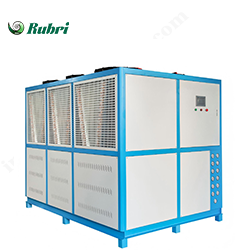
Low-temperature chillers (-80°C to -150°C) employ cascade refrigeration systems. Primary cycle compressors (R404A) precool secondary circuits (R23), with multiple expansion stages creating ultra-low evaporation temperatures. Specialized evaporators prevent frost accumulation through oil management systems, supporting cryogenic applications in semiconductor manufacturing and biological sample preservation.
Specification
| Project | The temperature | Cooling air vvolum | The water pump |
| NHC-08A | 3X2kw | 8500m3/h | 200Kpa |
Application Scenarios
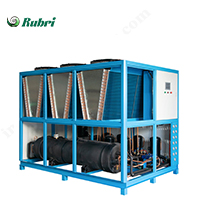
Marine chillers withstand 30° roll with gyro-stabilized compressors and salt-spray resistant coatings. Mining chillers feature ATEX-certified explosion-proof enclosures for underground operations. Military-grade units operate in -40°C to +55°C ambient conditions with EMP shielding. These ruggedized designs pass MIL-STD-810G vibration and shock testing.
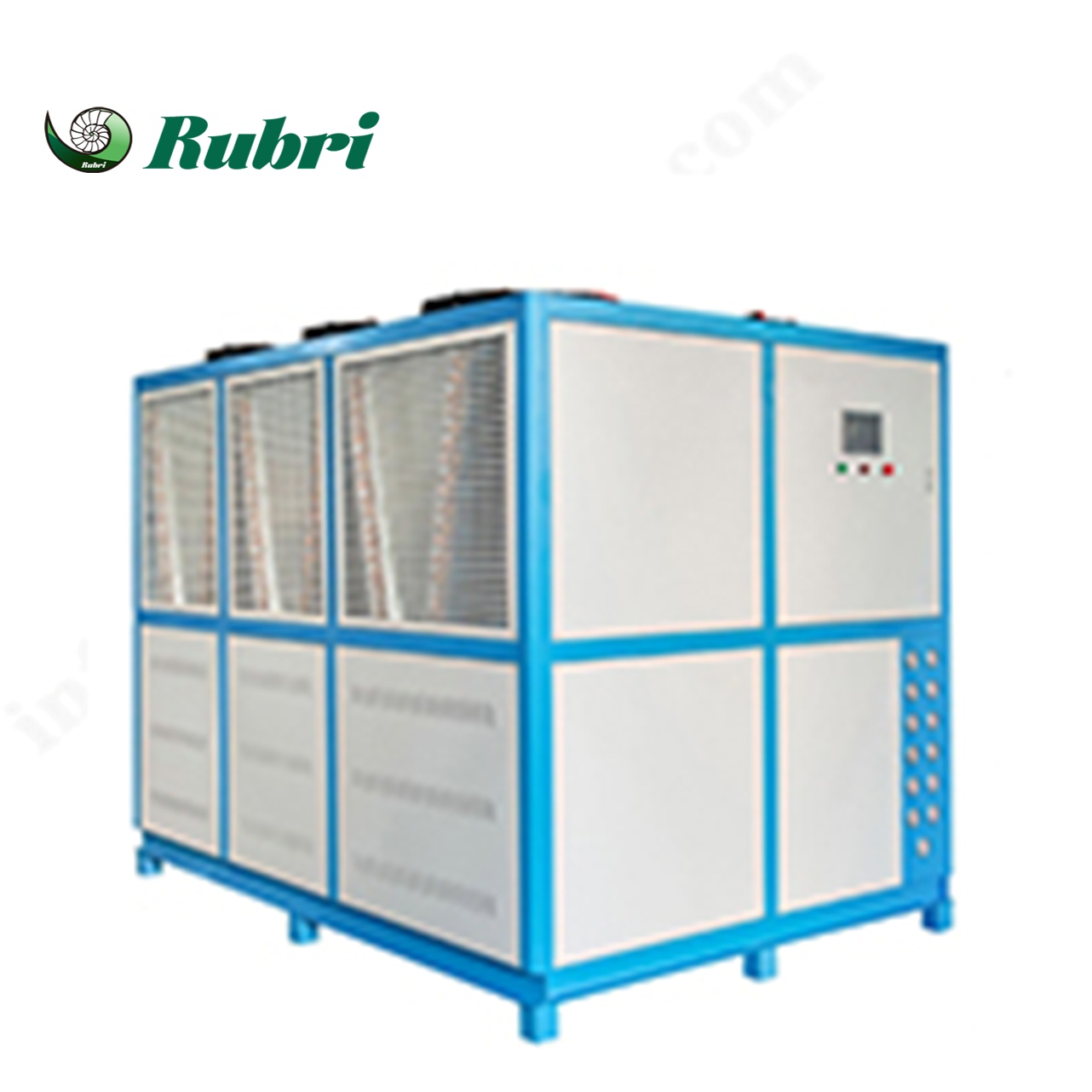
IoT-enabled chillers feature adaptive control algorithms that optimize performance in real-time. Built-in sensors monitor evaporator approach temperature, condenser subcooling, and compressor discharge temperature. Cloud connectivity allows remote diagnostics and predictive maintenance, reducing downtime by 30% in commercial HVAC applications.
Read More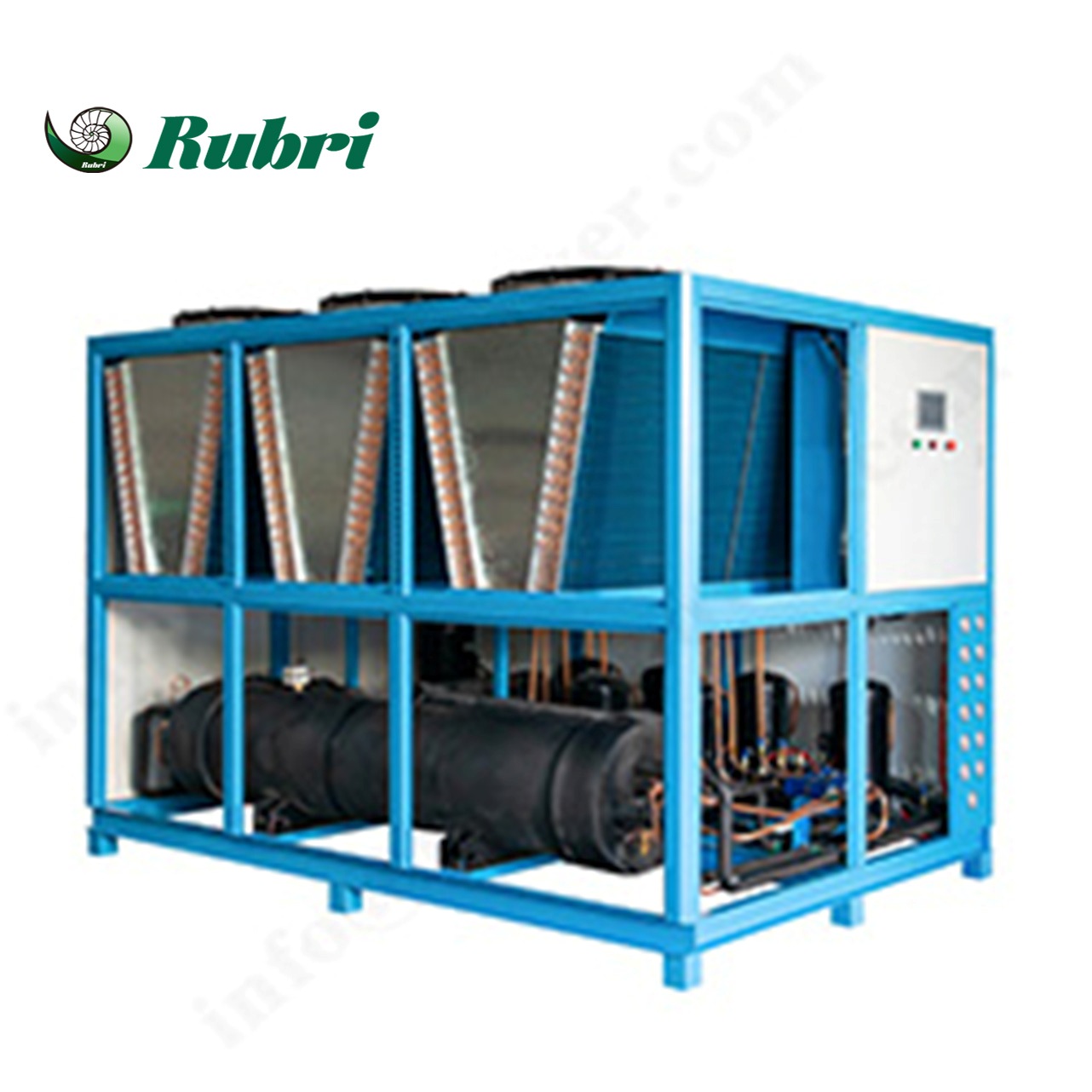
A renewable-powered alkaline electrolysis system with absorption heat pump-based thermal regulation was constructed to mitigate efficiency losses caused by power intermittency.
Read More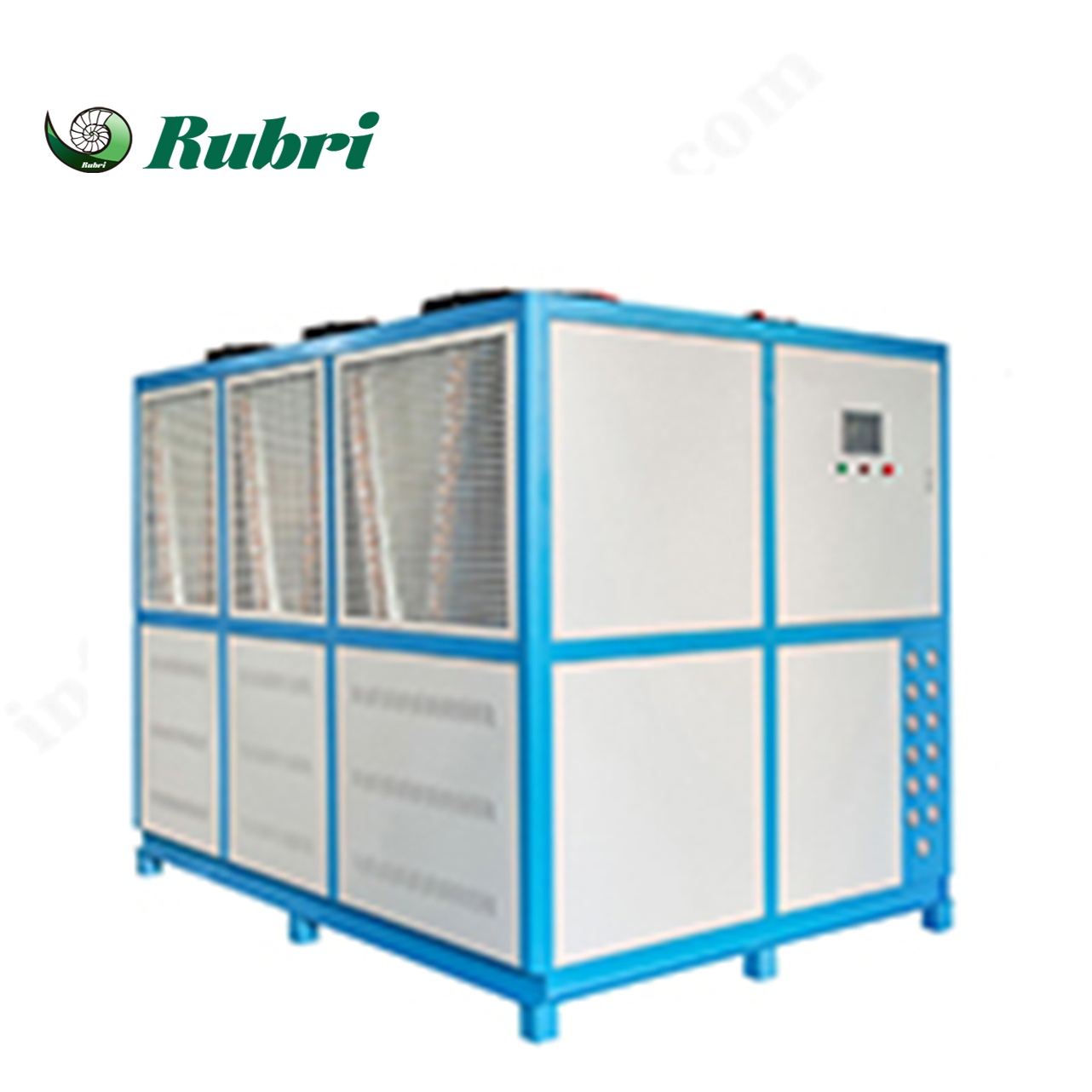
A chiller is an energy-efficient machine that achieves cooling through a vapor-compression or absorption refrigeration cycle. It is widely used in industrial production, commercial buildings, and residential applications. Its working principle relies on the phase change of refrigerant within a closed-loop system to transfer heat and produce cooling effects.
Read More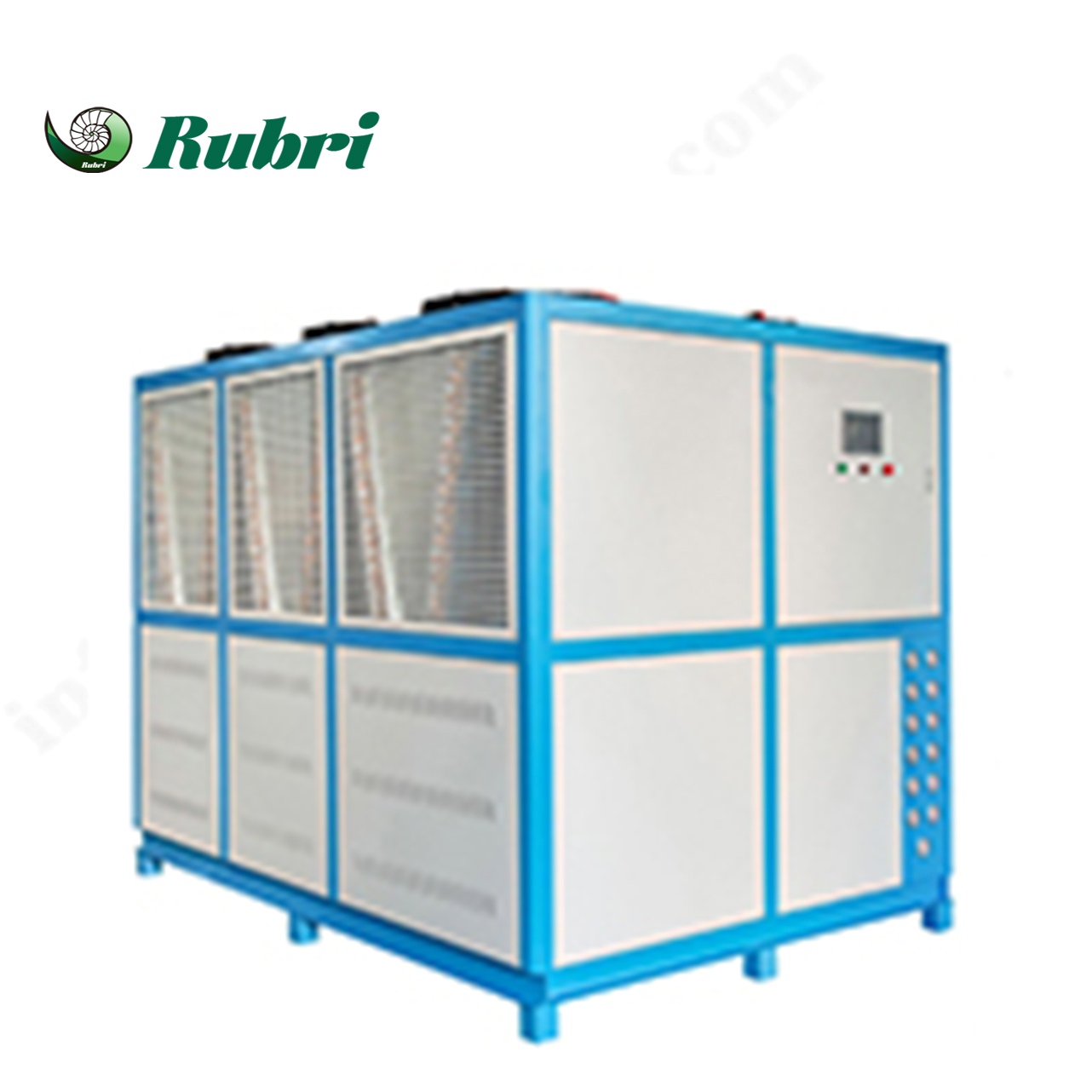
Modular chiller plants offer scalable cooling through multiple independent circuits. Each 50-500RT module features autonomous controls, allowing capacity adjustment from 10-100% without efficiency loss. Shared pumping systems and N+1 redundancy ensure uninterrupted operation for data centers and hospitals.
Read More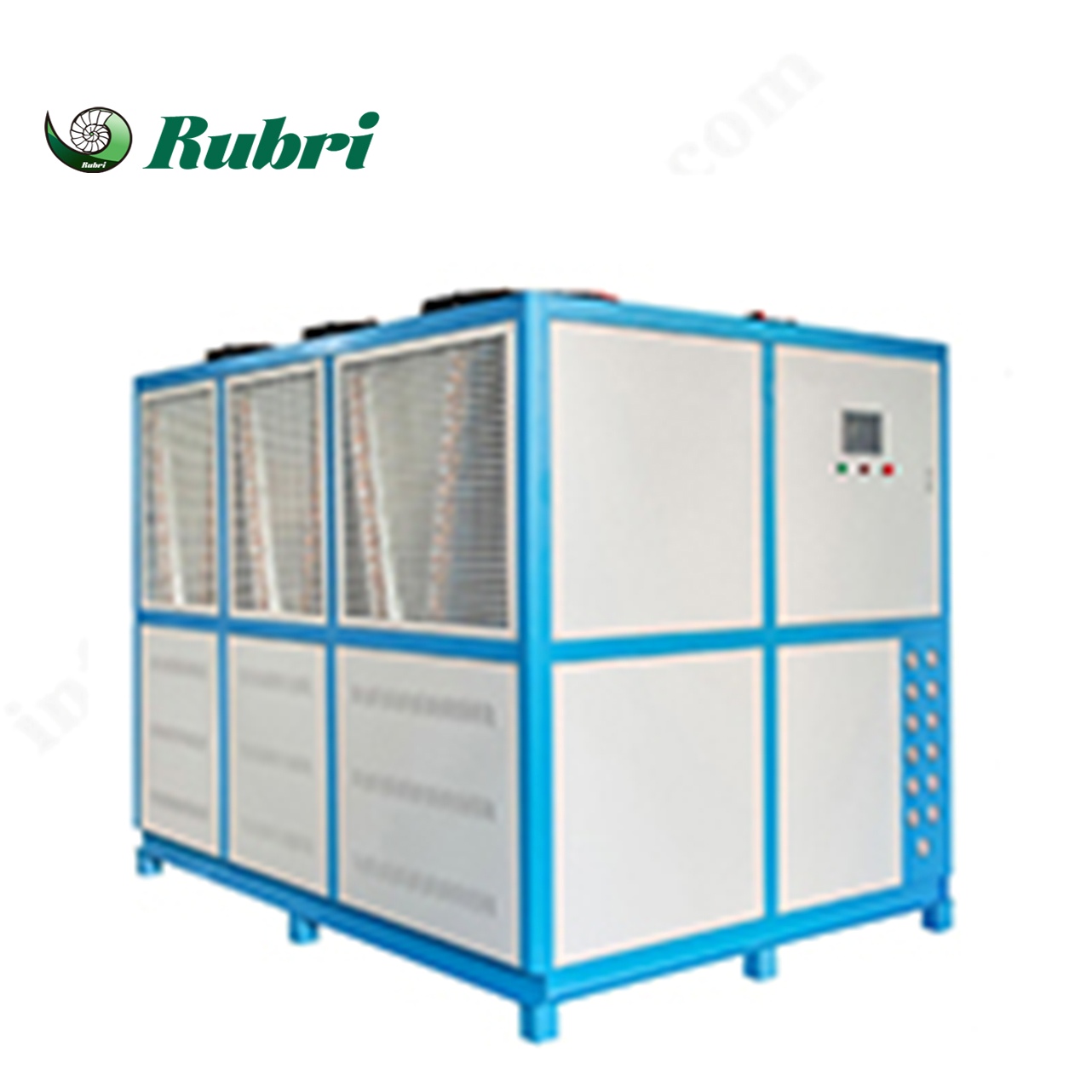
Low-temperature chillers (-80°C to -150°C) employ cascade or two-stage compression systems. Specialized compressors handle refrigerants like R23 and R508B, while brazed plate evaporators prevent frost buildup. These systems are critical for pharmaceutical freeze-drying, semiconductor testing, and special materials research.
Read More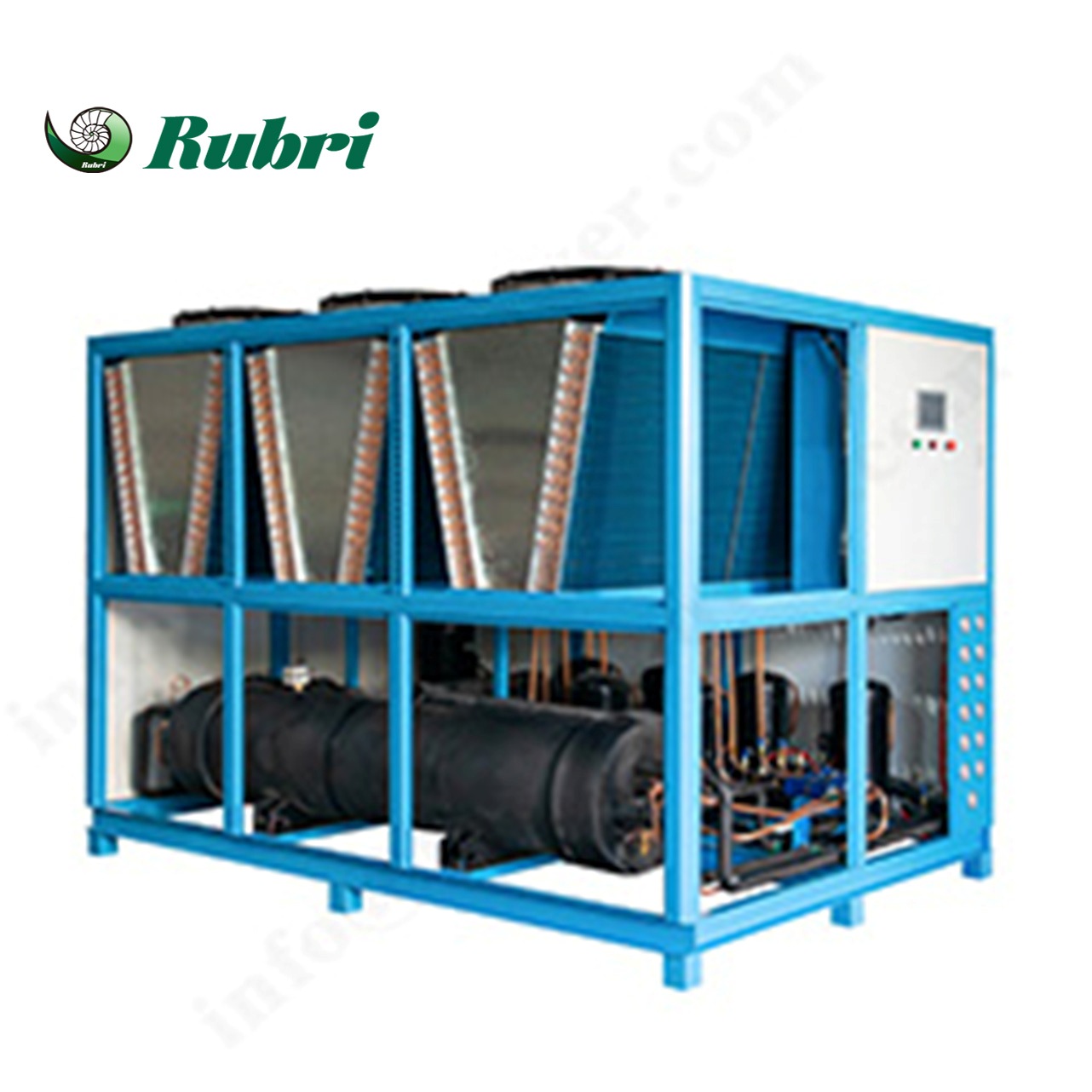
Compact air-cooled chillers integrate all components in a single footprint under 1m². Microchannel condensers and scroll compressors enable quiet operation (<60dB), ideal for laboratories and telecom shelters. These portable units deliver 0.5-20kW cooling capacity with plug-and-play installation, requiring only electrical power and minimal airflow.
Read More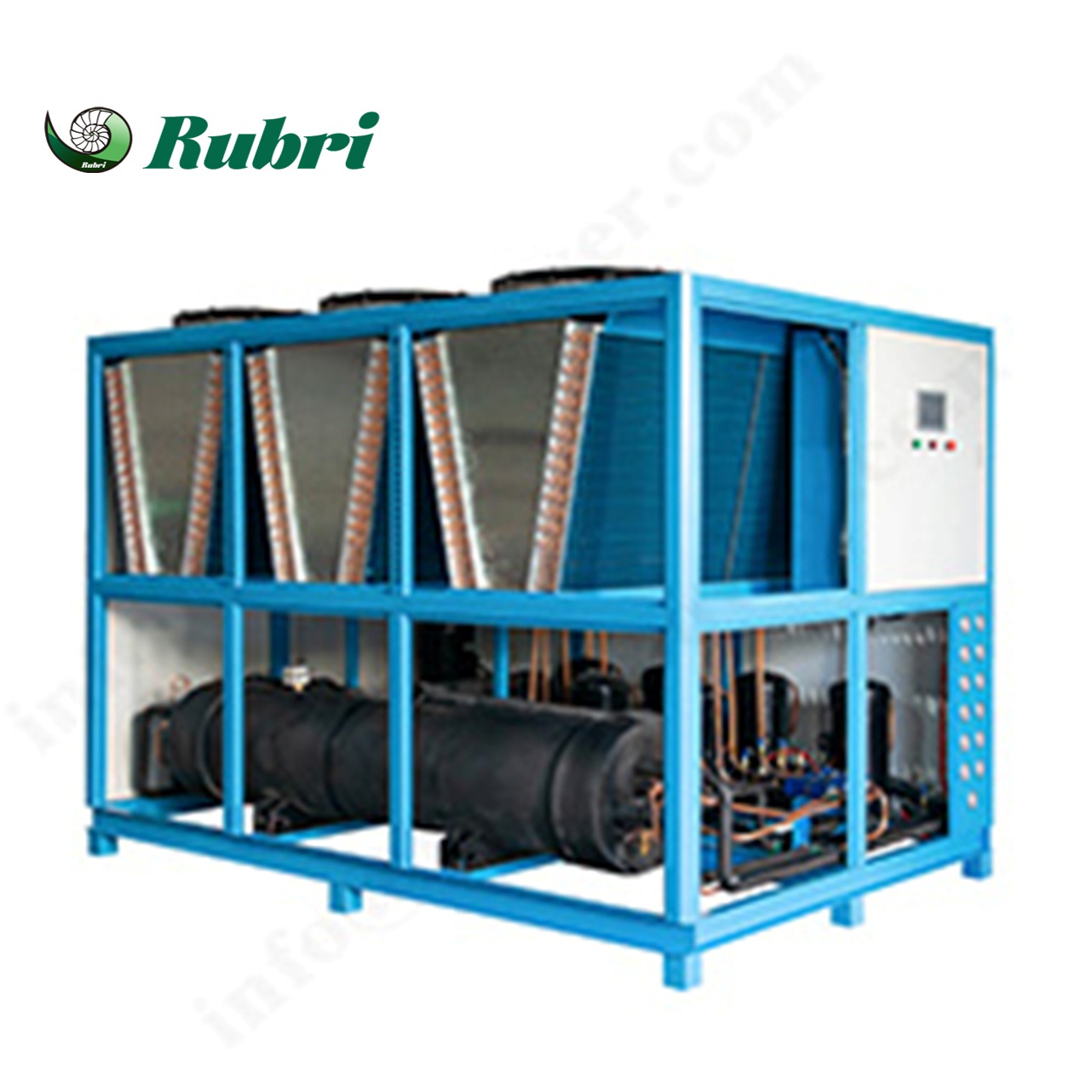
Modern chillers achieve remarkable energy efficiency through advanced technologies. Variable-speed compressors adjust cooling capacity dynamically, while plate heat exchangers maximize thermal transfer. Eco-friendly refrigerants like R513A minimize global warming potential (GWP<1), helping facilities meet sustainability goals with energy savings up to 50% compared to conventional systems.
Read More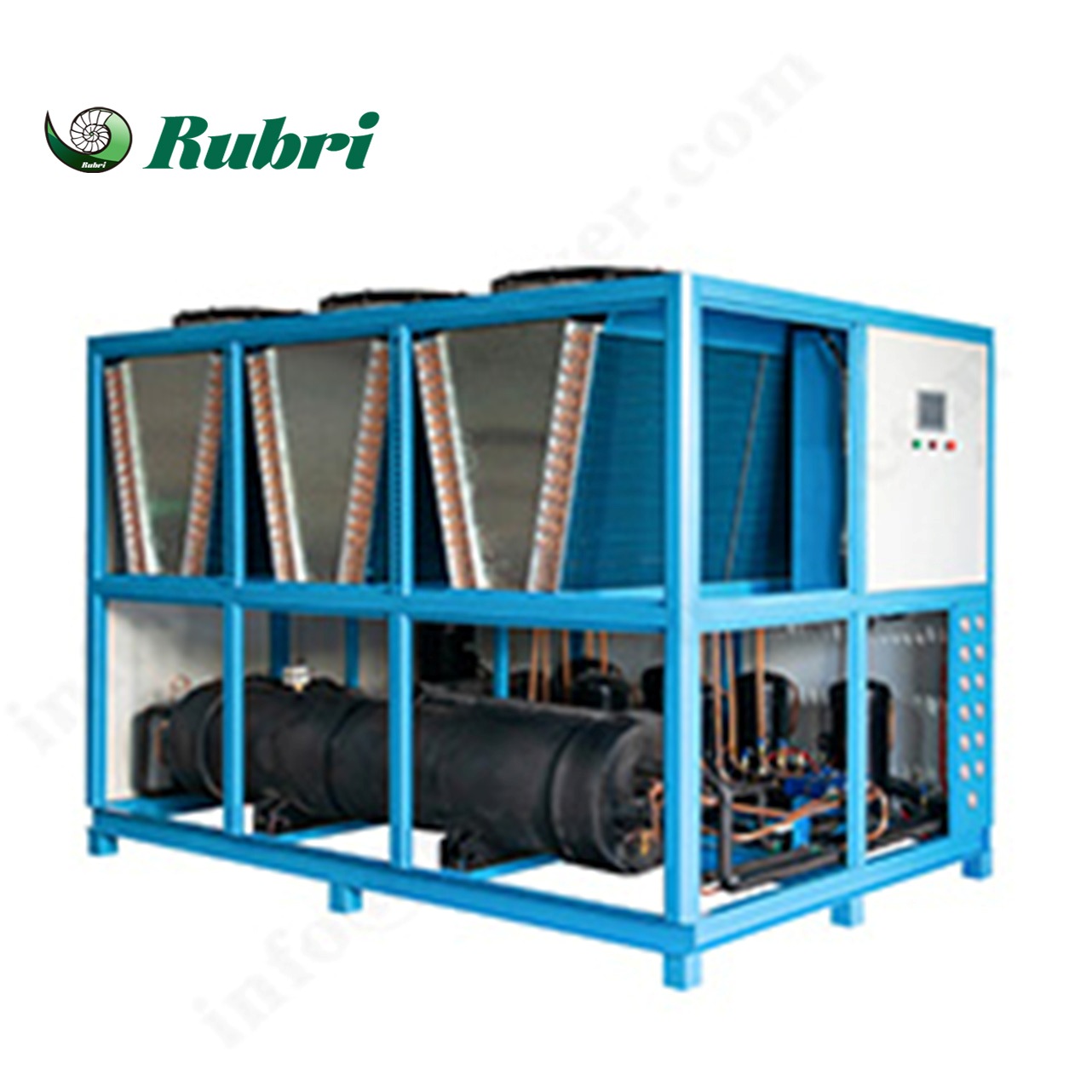
Industrial chillers provide precise temperature control for manufacturing processes. Using robust scroll or screw compressors, these systems maintain stable cooling from +30°C to -60°C. Process chillers often incorporate secondary heat exchangers, corrosion-resistant materials, and high-pressure controls to withstand harsh factory environments in plastics, chemical, and metal processing industries.
Read More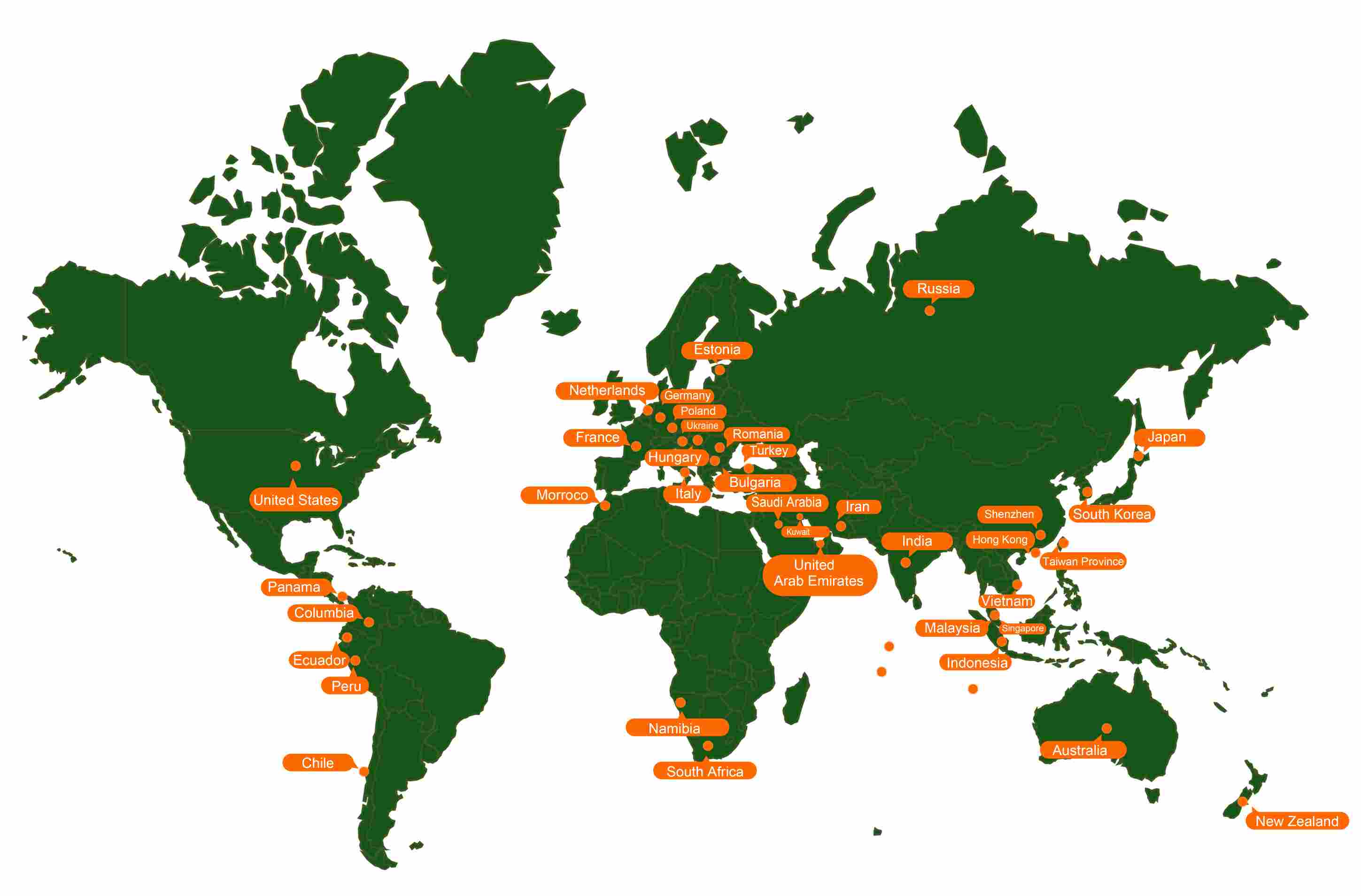
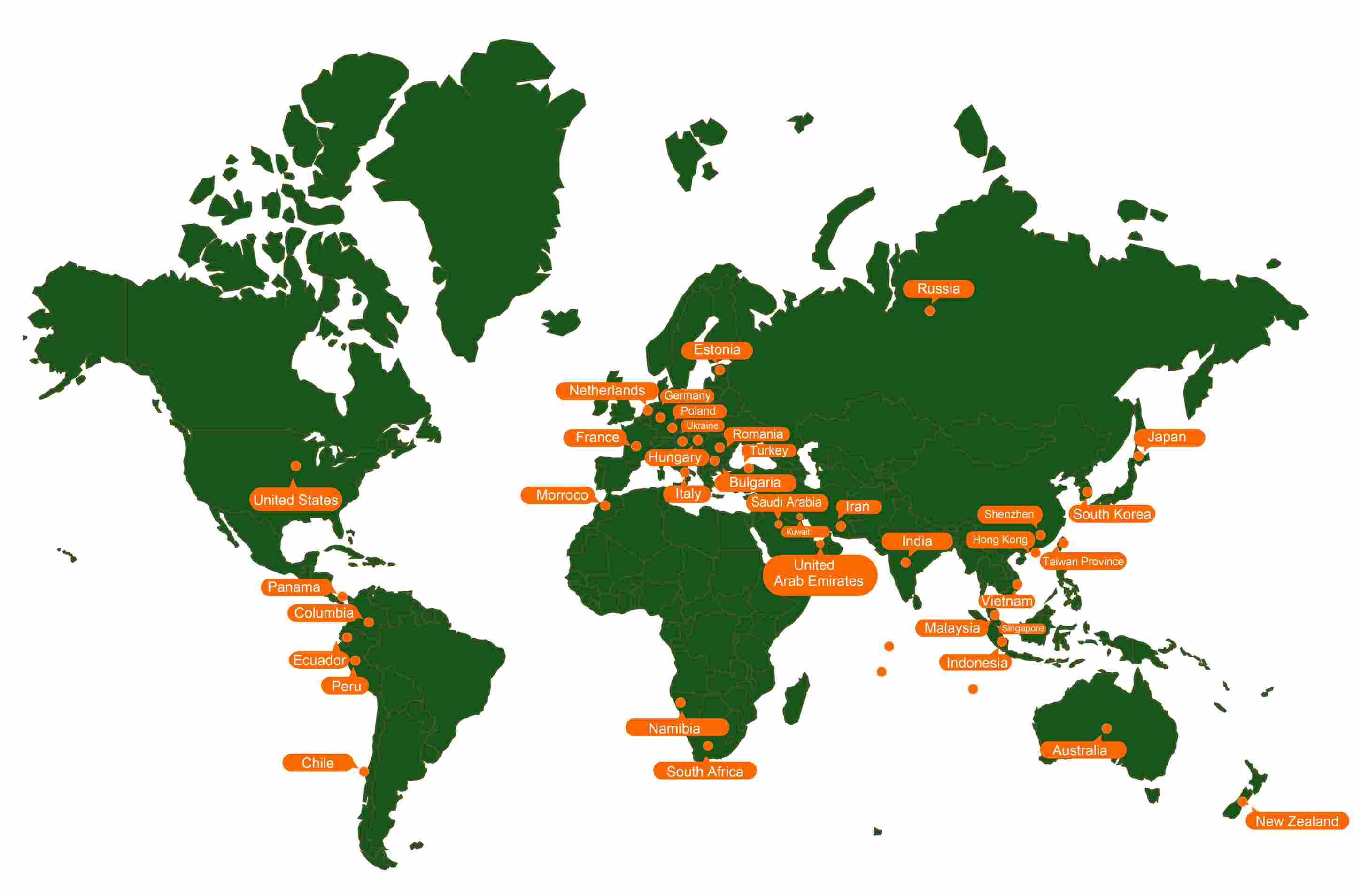
 IPv6 network supported
IPv6 network supported
